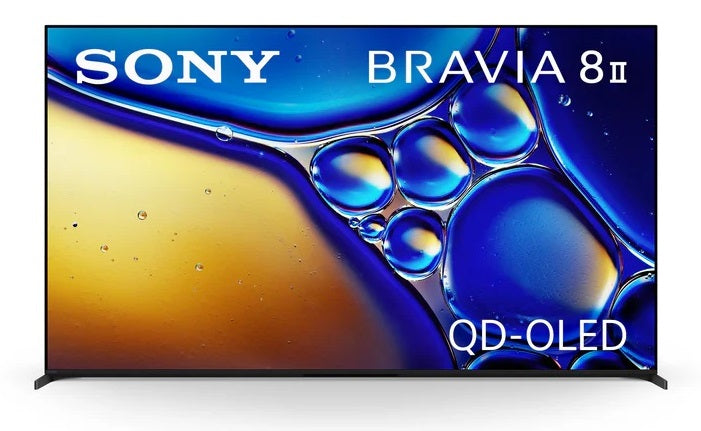
Is Sony Still the King of Picture Quality in 2025?
Share
When you think of premium TVs and cinematic visuals, one brand often comes to mind: Sony. Known for its impeccable picture processing, high-quality panels, and attention to detail, Sony has long been regarded as the gold standard in television display quality. But as we enter 2025, competitors like LG, Samsung, and even TCL are stepping up their game. So the question stands:
Is Sony still the king of picture quality in 2025?
Let’s dive into what makes Sony TVs stand out, how their latest models compare to rivals, and whether they still deserve the crown.
Sony's Strength: The Bravia XR Engine
At the heart of Sony’s 2025 TV lineup is the latest iteration of its proprietary Cognitive Processor XR. This chip mimics the way the human brain processes visuals—by focusing on the most important parts of the picture (like faces and eyes) and enhancing depth, texture, and contrast accordingly.
New features in the 2025 Bravia XR models include:
XR Clear Image: Smarter motion smoothing and noise reduction
XR OLED Contrast Pro: For deeper blacks and more realistic highlights
XR Triluminos Pro: Richer and more accurate color rendering
XR 4K Upscaling: Best-in-class upscaling for non-4K content
✅ Result: Stunning, cinematic visuals with natural skin tones, excellent shadow detail, and minimal processing artifacts.
Key 2025 Sony Models to Watch
1. Sony A95L (QD-OLED)
QD-OLED panel with perfect blacks and vibrant color
Incredible contrast and brightness for an OLED
Google TV smart platform with hands-free voice control
Ideal for home theaters and cinephiles
2. Sony X95L (Mini-LED)
Exceptional brightness and contrast for bright-room viewing
Precise local dimming, excellent HDR performance
Great for sports, daytime TV, and dynamic content
3. Sony A80L (OLED)
Affordable OLED alternative
Solid color reproduction and near-infinite contrast
Still excellent for film lovers, even at mid-tier pricing
Sony vs the Competition (2025 Edition)
Sony vs LG
LG wins on peak brightness in some models and has a wider OLED range.
Sony wins on processing and color accuracy, especially with motion handling and cinematic tone mapping.
Sony vs Samsung
Samsung’s QD-OLED TVs now rival Sony’s, and in some cases, exceed them in brightness.
Sony still has more refined image processing, especially in dark scenes and complex textures.
Sony vs TCL/Hisense
TCL and Hisense offer better price-to-performance.
But Sony clearly leads in subtle image accuracy, motion handling, and build quality.
What About Gaming?
Sony has finally caught up with modern gaming features:
HDMI 2.1 support
4K @ 120Hz
VRR (Variable Refresh Rate)
Auto Low Latency Mode (ALLM)
However, LG still edges out Sony in gaming with slightly better input lag and more robust Game Optimizer features. That said, Sony's performance is more than enough for casual to serious gamers.
Smart TV Experience: Google TV in 2025
Sony TVs now run Google TV, which in 2025 is cleaner, faster, and better at content discovery than ever before. You get:
Personalized profiles
Built-in Google Assistant
Chromecast support
A massive app ecosystem
While LG's webOS and Samsung’s Tizen are also strong contenders, Google TV offers the most versatile and app-rich experience today.
Verdict: Is Sony Still the Picture Quality King?
Yes — but with a caveat.
Sony remains at the top for those who value natural, cinematic image processing, especially for movies, documentaries, and high-fidelity content. The Bravia XR lineup continues to set the standard for detail, motion, and realism.
However, Sony no longer has unchallenged dominance. LG and Samsung have caught up and in certain areas like brightness or gaming features, they may even lead.
If pure picture fidelity is your goal, and price is secondary, Sony is still the benchmark. But if you're chasing brightness, value, or gaming features, you might find a better fit elsewhere in 2025.
